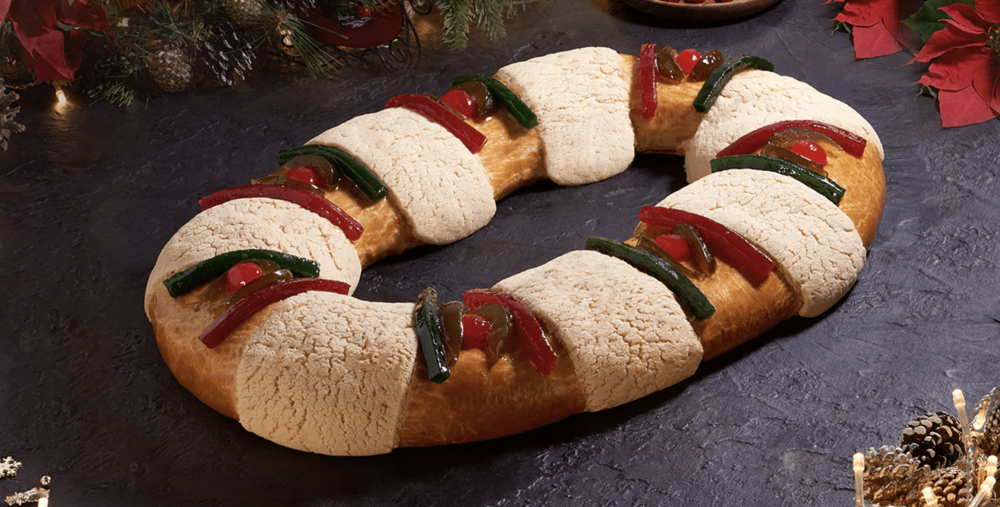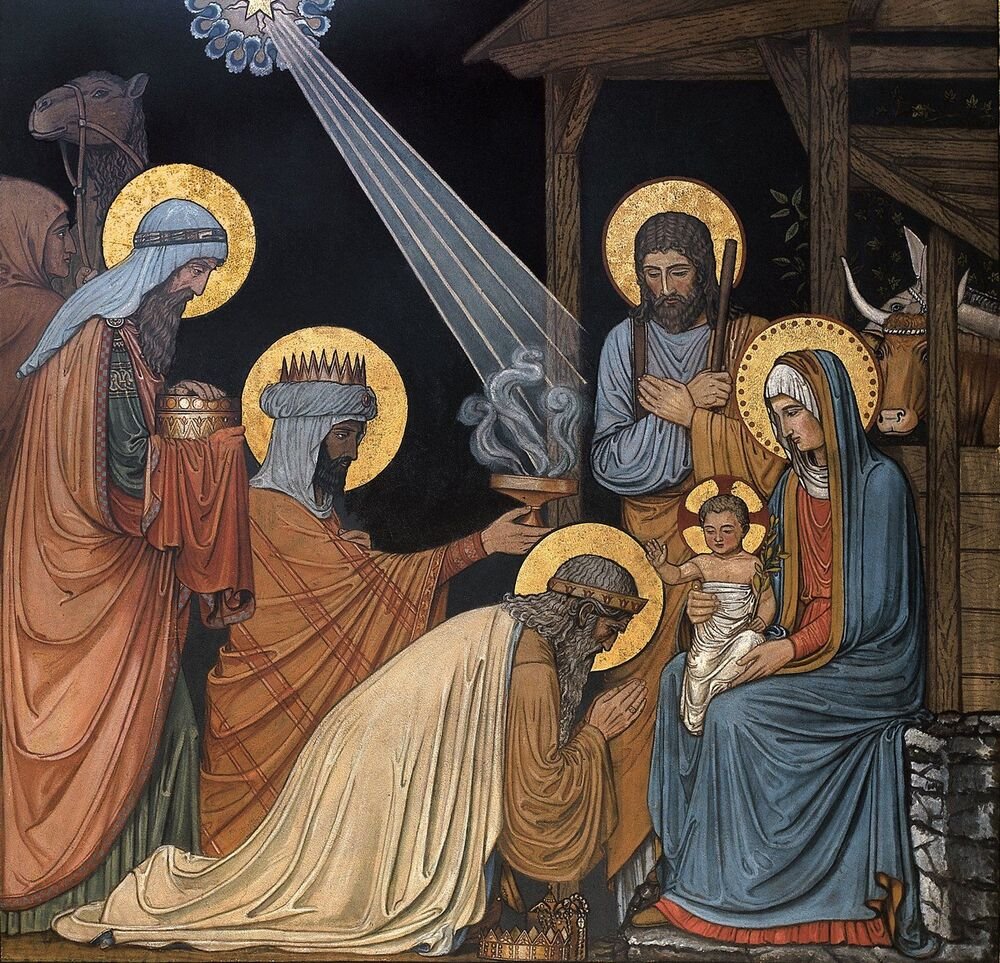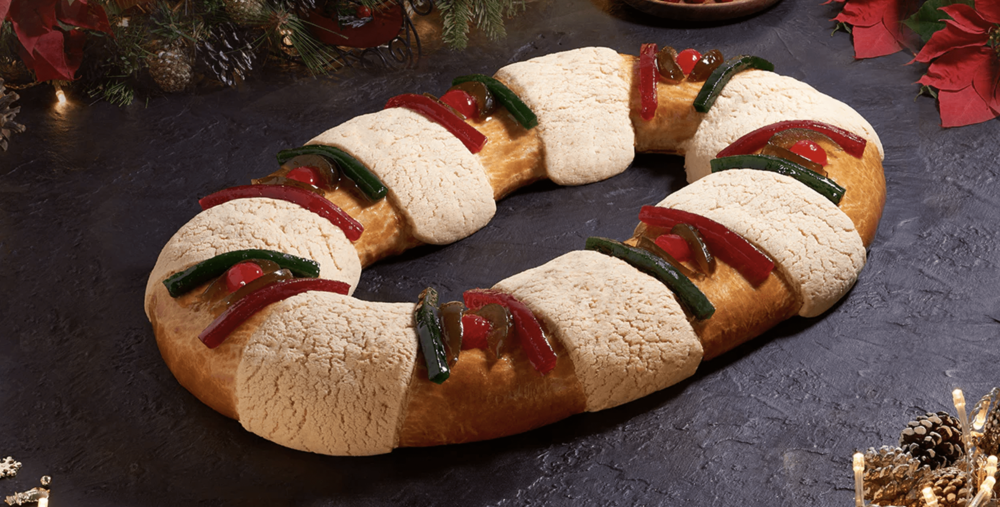
Large Ring-Shaped Cake Baked for Epiphany
Explore the delectable tradition of the large ring-shaped cake baked for Epiphany, known as Rosca de Reyes, in our latest article. As enthusiasts of Houston Spanish language learning seek immersive cultural experiences, understanding customs like Rosca de Reyes becomes essential. Join us as we uncover the origins, significance, and delicious details of this cherished tradition, perfect for those eager to learn in Spanish language Houston style and find the ideal Houston Spanish class near me.
Mexico has many traditions that are related to typical ingredients of the region or iconic dishes of Mexican cuisine, and the Three Kings Day celebration is one of them.
As we explained in our article about Three Kings Day, this celebration dates back to colonial times and is based on the Catholic Bible. It says that the baby Jesus, 13 days after being born, was visited by three wise men, Melchor, Gaspar and Baltazar, who brought him offerings of gold, incense, and myrrh.

Rosca de Reyes symbolizes the act of hiding the baby Jesus from King Herod, who wanted to kill him for being designated as the King of the Jews and the only one who could take away his power.
This bread has a long tradition. It was initially prepared in European countries such as France and Spain during the 14th century, and shortly after that, it arrived in Mexico during the conquest.

On January 6th, or Three Kings Day, families gather to taste and share this bread accompanied by a cup of hot chocolate.
It has an elliptical shape and the size can vary depending on how many people it is for It can range in size from one person up to 15. Its ingredients may vary depending on the region, but in general, it has “ate de membrillo”, which is a sweet made from fruit pulp and sugar. These make up the yellow, green, and red colors on the cake, Figs are also placed on it; along with sugar crusts with butter that have a texture like a cookie. Previously, in Mexico, a sweet made with biznaga was also placed on the bread. It comes from a cactus currently in danger of extinction and that is why it is no longer used on this bread.

As mentioned previously, there is a figure of the baby Jesus hidden in the bread. The first person who finds it will be awarded the title of godfather or godmother of the baby Jesus. This, in addition to bringing good luck throughout the year, the lucky person will have the responsibility of preparing the figure of baby Jesus, as well as carrying it, presenting it, and having it blessed in the church on February 2nd. This is known as the day of the Candelaria, and apart from the celebration, he or she will have to prepare or buy tamales and atole for the family members.

Currently, in Mexico, Roscas de Reyes can be found in different varieties. Not only traditional, which is the most popular, but other options and flavors where the bread is filled with cream, cheese, chocolate, Nutella, dulce de leche, etc. and other ingredients on top, such as chocolate pieces, melted chocolate, chocolate bunnies, nuts, etc. Inside, the figures of the baby Jesus can be found in other representations or with different characters.

There is no doubt that this tradition will continue for a long time, even with the different variations of this savory bread. The reason for celebrating it will always be the same, to bring family together and share unforgettable moments through food. Learn more about this facet of Latino culture by signing up for a Houston Spanish course near me.


